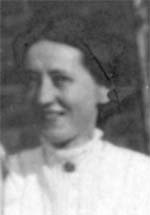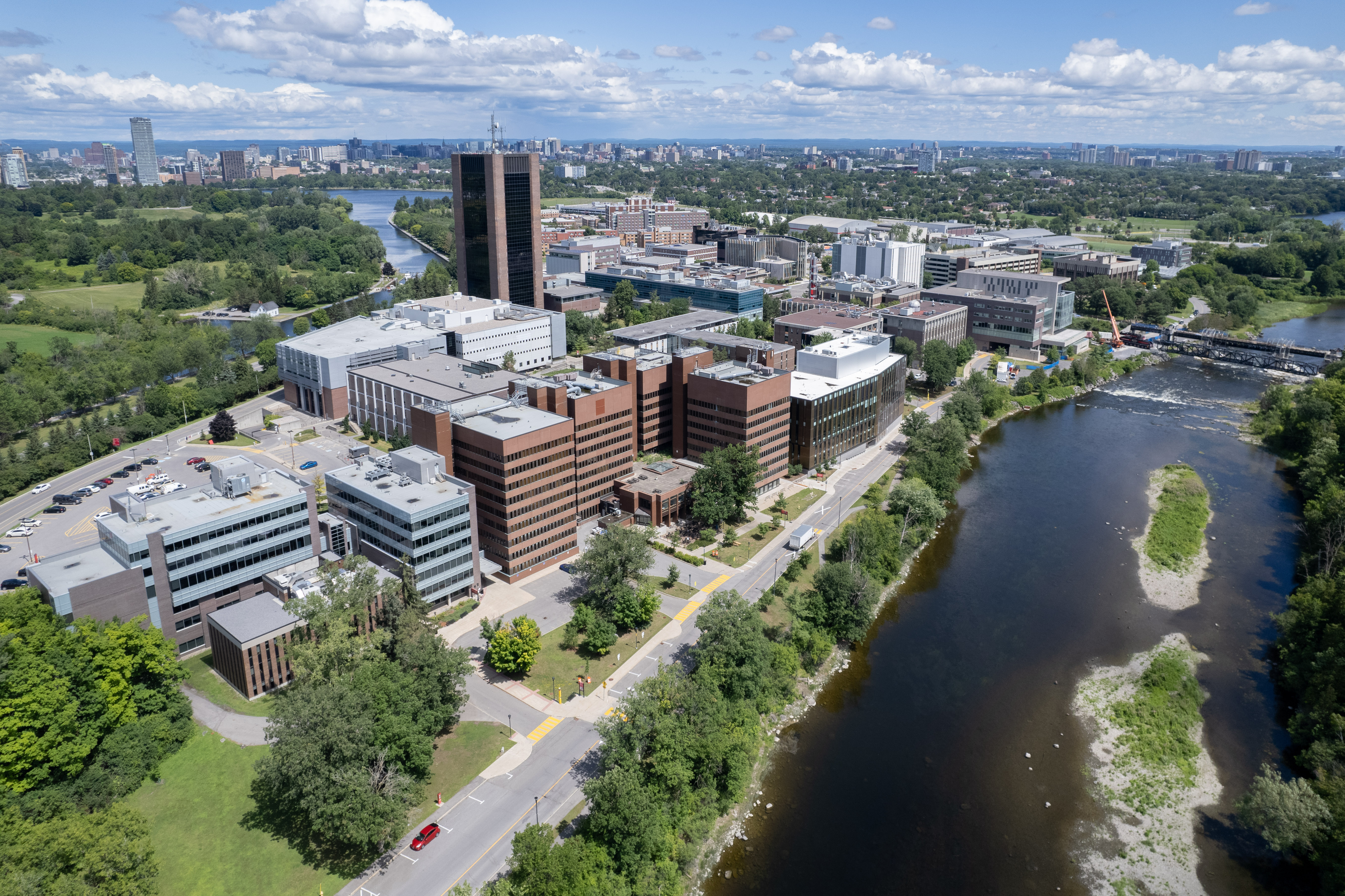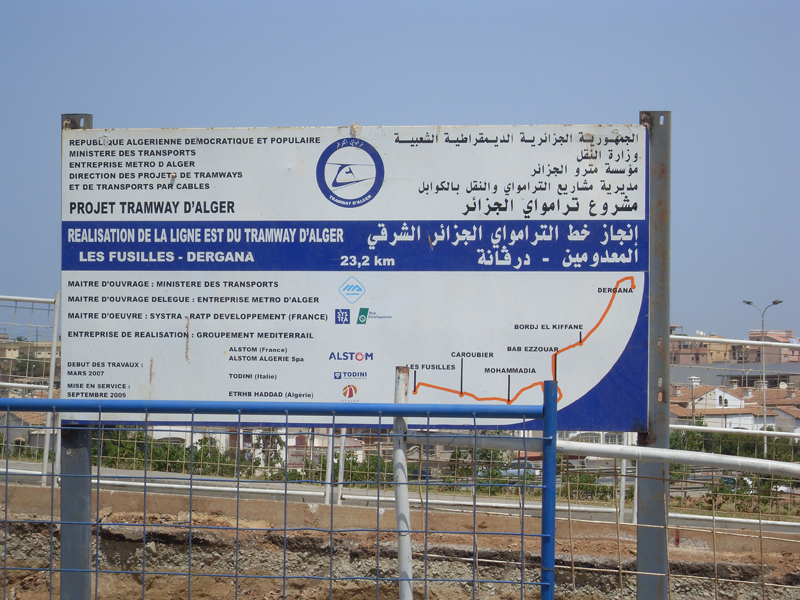|
Ruth Ellen Brosseau
Ruth Ellen Brosseau (born April 26, 1984) is a Canadian politician who represented the riding of Berthier—Maskinongé in the House of Commons from the 2011 federal election until her defeat in 2019. She is a member of the New Democratic Party (NDP). In Brosseau's first election campaign, she gained national attention for her surprising rise from a "paper candidate" to a viable contestant; she also gained the nickname "Vegas Girl" for a mid-election vacation to Las Vegas. She won reelection in the 2015 federal election with a larger vote share despite her party falling from second to third place nationally. Her parliamentary roles included House Leader of the NDP, critic for Agriculture and Agri-Food and deputy NDP caucus chair. Early and personal life Brosseau was born in Ottawa, and lived in Hudson, Quebec, before her family moved to Kingston, Ontario. Brosseau's father, Marc, is a francophone, who is also fluent in English. Brosseau was educated in French both in Quebec ... [...More Info...] [...Related Items...] OR: [Wikipedia] [Google] [Baidu] |
Berthier—Maskinongé
Berthier—Maskinongé (formerly known as Berthier and Berthier—Maskinongé—Lanaudière) is a federal electoral district in Quebec, Canada, that has been represented in the House of Commons of Canada from 1925 to 1953, from 1968 to 1988, and since 2004. Its population in 2001 was 103,516. Geography The riding extends along the north bank of the Saint Lawrence River between the north suburbs of Montreal and Trois-Rivières, straddling the Quebec regions of Lanaudière and Mauricie. The district includes the Regional County Municipalities of D'Autray and Maskinongé, and the former cities of Pointe-du-Lac and Trois-Rivières-Ouest in the City of Trois-Rivières. The neighbouring ridings are Joliette, Repentigny, Verchères—Les Patriotes, Bas-Richelieu—Nicolet—Bécancour, Trois-Rivières, and Saint-Maurice—Champlain. This riding lost territory to Trois-Rivières and gained territory from Joliette during the 2012 electoral redistribution. History The ridin ... [...More Info...] [...Related Items...] OR: [Wikipedia] [Google] [Baidu] |
2015 Canadian Federal Election
The 2015 Canadian federal election held on October 19, 2015, saw the Liberal Party, led by Justin Trudeau, win 184 seats, allowing it to form a majority government with Trudeau becoming the next prime minister. The election was held to elect members to the House of Commons of the 42nd Canadian Parliament. In keeping with the maximum four year term under a 2007 amendment to the ''Canada Elections Act'', the writs of election for the 2015 election were issued by Governor General of Canada, Governor General David Johnston on August 4. The ensuing campaign was one of the longest in Canadian history. It was also the first time since the 1979 Canadian federal election, 1979 election that a Prime Minister of Canada, prime minister attempted to remain in office into a fourth consecutive Parliament and the first time since the 1980 Canadian federal election, 1980 election that someone attempted to win a fourth term of any kind as prime minister. The Liberal Party, led by Justin Trude ... [...More Info...] [...Related Items...] OR: [Wikipedia] [Google] [Baidu] |
Yamachiche, Quebec
Yamachiche () is a municipality in the Mauricie region of the province of Quebec in Canada. Etymology The name Yamachiche was first used to identify the Little Yamachiche River (''Petite rivière Yamachiche'') which runs through the town. It came from the First Nations (possibly Cree) words ''iyamitaw'' (meaning "much") and ''achichki'' (meaning "mud"). Therefore Yamachiche could have the general meaning of "muddy river", which is a characteristic of this stream. In Abenaki, it was identified as ''Namasis'' (small fish) and ''Obamasis'' (small white fish). The name has gone through many spelling variations: Machiche, Ouabmachiche, Yabamachiche, Hyamachiche, Yamachiste, Amachis, à Machis, à Mashis, Machis, Augmachiche, Ouamachiche, Yabmachiche, etc., which have mainly affected the name of the river, whereas the parish and municipal names have remained more stable. History In 1653, the area was part of a fief granted to Pierre Boucher de Grosbois, Governor of Trois-Rivières, ... [...More Info...] [...Related Items...] OR: [Wikipedia] [Google] [Baidu] |
National Capital Region (Canada)
The National Capital Region (french: Région de la capitale nationale), also referred to as Canada's Capital Region and Ottawa–Gatineau (formerly ''Ottawa–Hull''), is an official federal designation for the Canadian capital of Ottawa, Ontario, the neighbouring city of Gatineau, Quebec, and surrounding suburban and exurban communities. The term National Capital Region is often used to describe the Ottawa–Gatineau metropolitan area, although the official boundaries of the NCR do not correspond to the statistical metropolitan area. Unlike capital districts in some other federal countries, such as the District of Columbia in the United States, the National Capital Territory of Delhi in India or the Australian Capital Territory in Australia, the National Capital Region is not a separate political or administrative entity. Its component parts are within the provinces of Ontario and Quebec. Defined by the National Capital Act (1985), the National Capital Region consists of ... [...More Info...] [...Related Items...] OR: [Wikipedia] [Google] [Baidu] |
Hull, Quebec
Hull is the central business district and oldest neighbourhood of the city of Gatineau, Quebec, Canada. It is located on the west bank of the Gatineau River and the north shore of the Ottawa River, directly opposite Ottawa. As part of the Canadian National Capital Region, it contains offices for over 20,000 civil servants. It is named after Kingston upon Hull in England. History Early history Hull is a former municipality in the Province of Quebec and the location of the oldest non-native settlement in the National Capital Region. It was founded on the north shore of the Ottawa River in 1800 by Philemon Wright at the portage around the Chaudière Falls just upstream (or west) from where the Gatineau and Rideau Rivers flow into the Ottawa. Wright brought his family, five other families and twenty-five labourers and a plan to establish an agriculturally based community to what was a mosquito-infested wilderness. But soon after, Wright and his family took advantage of ... [...More Info...] [...Related Items...] OR: [Wikipedia] [Google] [Baidu] |
Union Organizer
A union organizer (or union organiser in Commonwealth spelling) is a specific type of trade union A trade union (labor union in American English), often simply referred to as a union, is an organization of workers intent on "maintaining or improving the conditions of their employment", ch. I such as attaining better wages and benefits (s ... member (often elected) or an appointed union official. A majority of unions appoint rather than elect their organizers. In some unions, the organizer's role is to recruit groups of workers under the organizing model. In other unions, the organizer's role is largely that of servicing members and enforcing work rules, similar to the role of a Union steward, shop steward. In some unions, organizers may also take on industrial/legal roles such as making representations before Fair Work Australia, tribunals, or courts. In North America, a union organizer is a union representative who "organizes" or unionizes non-union companies or works ... [...More Info...] [...Related Items...] OR: [Wikipedia] [Google] [Baidu] |
University Of Ottawa
The University of Ottawa (french: Université d'Ottawa), often referred to as uOttawa or U of O, is a bilingual public research university in Ottawa, Ontario, Canada. The main campus is located on directly to the northeast of Downtown Ottawa across the Rideau Canal in the Sandy Hill neighbourhood. The University of Ottawa was first established as the College of Bytown in 1848 by the first bishop of the Catholic Archdiocese of Ottawa, Joseph-Bruno Guigues. Placed under the direction of the Oblates of Mary Immaculate, it was renamed the College of Ottawa in 1861 and received university status five years later through a royal charter. On 5 February 1889, the university was granted a pontifical charter by Pope Leo XIII, elevating the institution to a pontifical university. The university was reorganized on July 1, 1965, as a corporation, independent from any outside body or religious organization. As a result, the civil and pontifical charters were kept by the newly created ... [...More Info...] [...Related Items...] OR: [Wikipedia] [Google] [Baidu] |
Carleton University
Carleton University is an English-language public research university in Ottawa, Ontario, Canada. Founded in 1942 as Carleton College, the institution originally operated as a private, non-denominational evening college to serve returning World War II veterans. Carleton was chartered as a university by the provincial government in 1952 through ''The Carleton University Act,'' which was then amended in 1957, giving the institution its current name. The university is named for the now-dissolved Carleton County, which included the city of Ottawa at the time the university was founded. Carleton County, in turn, was named in honour of Guy Carleton, 1st Baron Dorchester, who was Governor General of The Canadas from 1786 to 1796. The university moved to its current campus in 1959, growing rapidly in size during the 1960s as the Ontario government increased support for post-secondary institutions and expanded access to higher education. Carleton offers a diverse range of academic pr ... [...More Info...] [...Related Items...] OR: [Wikipedia] [Google] [Baidu] |
Francophone
French became an international language in the Middle Ages, when the power of the Kingdom of France made it the second international language, alongside Latin. This status continued to grow into the 18th century, by which time French was the language of European diplomacy and international relations. According to the 2022 report of the Organisation internationale de la Francophonie (OIF), 409 million people speak French. The OIF states that despite a decline in the number of learners of French in Europe, the overall number of speakers is rising, largely because of its presence in African countries: of the 212 million who use French daily, 54.7% are living in Africa. The OIF figures have been contested as being inflated due to the methodology used and its overly broad definition of the word francophone. According to the authors of a 2017 book on the world distribution of the French language, a credible estimate of the number of "francophones réels" (real francophones), t ... [...More Info...] [...Related Items...] OR: [Wikipedia] [Google] [Baidu] |
Kingston, Ontario
Kingston is a city in Ontario, Canada. It is located on the north-eastern end of Lake Ontario, at the beginning of the St. Lawrence River and at the mouth of the Cataraqui River (south end of the Rideau Canal). The city is midway between Toronto, Ontario and Montreal, Quebec. Kingston is also located nearby the Thousand Islands, a tourist region to the east, and the Prince Edward County, Ontario, Prince Edward County tourist region to the west. Kingston is nicknamed the "Limestone City" because of the many heritage buildings constructed using local limestone. Growing European exploration in the 17th century, and the desire for the Europeans to establish a presence close to local Native occupants to control trade, led to the founding of a New France, French trading post and military fort at a site known as "Cataraqui" (generally pronounced /kætə'ɹɑkweɪ/, "kah-tah-ROCK-way") in 1673. This outpost, called Fort Cataraqui, and later Fort Frontenac, became a focus for settlement ... [...More Info...] [...Related Items...] OR: [Wikipedia] [Google] [Baidu] |
Hudson, Quebec
Hudson is an off-island suburb of Montreal, with a population of 5,135 ( 2011 Census). It is located on the south-west bank of the lower Ottawa River, in Vaudreuil-Soulanges Regional County Municipality. Situated about west of downtown Montreal, many residents commute to work on the Island of Montreal. Hudson is a municipality within Greater Montreal. An informal rural agglomeration since the early part of the 19th century, the Town of Hudson was formally created in June 1969 by merging the villages of Hudson, Hudson Heights and Como. A relatively wealthy town, Hudson is known for its large, turn-of-the century houses, many of which border the Lake of Two Mountains. A ferry from Hudson takes cars across the lake (a widening of the Ottawa River) to the village of Oka. Hudson has been compared to culturally and demographically similar Quebec towns such as the Eastern Townships villages of North Hatley and Brome Lake as well as nearby Senneville. All four municipalities b ... [...More Info...] [...Related Items...] OR: [Wikipedia] [Google] [Baidu] |

.jpg)





